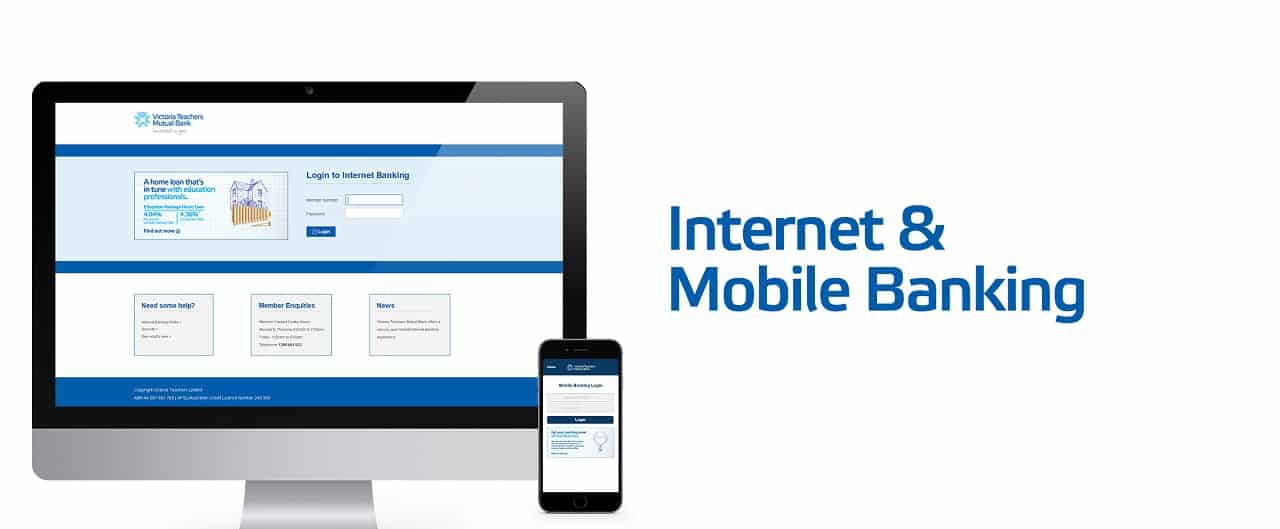
"3 e-banking products you should know."
The Digital user is fast, sharp and always on the move. They are always connected and ready to try new products on the shelf. As far as banking is concerned, they like it swift and convenient. In a Digital world that is constantly evolving, they are always willing to keep up with the latest trends that are making banking simpler. The same has happened with the onset of Internet Banking, Mobile Banking, and SMS Banking. It has made banking not only simpler, but, also easier and extremely convenient.
What started with cashless transactions with Credit Cards and Debit cards, has now moved to an all new level with SMS, mobile apps, and Internet Banking. There used to be a time when swiping a card at a shop would mean a big leap of faith, but now everything is on your screen. Up, close and personal. Every minor transaction can happen without walking across to a vendor personally or actually exchanging cash. While some swear by Internet banking, there are some who prefer to use their mobile Apps for banking, or SMS banking. But what is the difference between them?
1. Internet Banking
Internet banking refers to any banking transaction that can be conducted over the internet, generally through a bank’s website under a private profile, and with a desktop, or laptop. These transactions include services traditionally offered at local branches without having to go to one. Internet banking is generally defined as having the following characteristics:
- Financial transactions are conducted over the internet through a bank’s secure website.
- The user must register with the financial institution online and create a login ID and password.
Customers can perform financial transactions while banking online, like paying bills or transferring money from one account to another. Other basic activities include viewing account balances at any time of day, viewing or printing statements, viewing images of checks, and applying for loans or credit cards
But, even though it is quite safe, virtual criminals can get your banking and transaction data from your identity. Make sure your device is secure and avoid using WiFi when you want to do some transaction.
2. Mobile Banking (m-Banking)
Mobile banking allows you to perform many of the same activities as online banking using a smartphone or tablet instead of a desktop computer. However, simply accessing the bank’s website on a mobile device is not the only method of mobile banking. Mobile banking’s versatility includes logging into a bank’s mobile website, as well as using a mobile banking app.
Apps can offer a wide range of services that are not limited to account access and include making mobile check deposits, transferring money, to paying Bills.
The app usually applies OTP (one-time passwords) system which sent via SMS to costumers cellphone. This system only functioned on registered SIM card.
3. SMS Banking
Compared to other banking products, SMS banking offer limited features. But, you can use this without internet. So, it’s practical enough if you’re in a no internet place and you have to do some banking transactions.
SMS Banking features deposits information, account mutation, exchange rate information, and credit card information.













